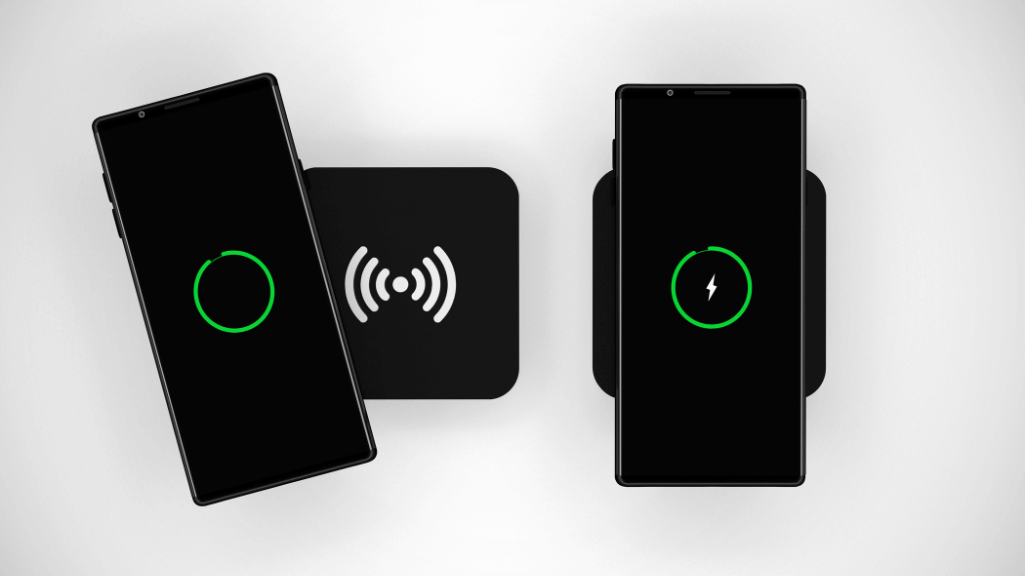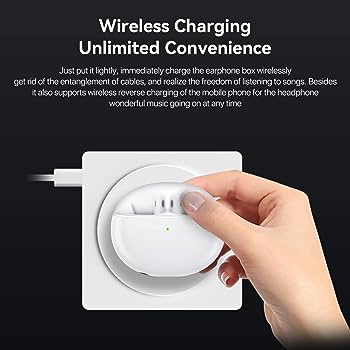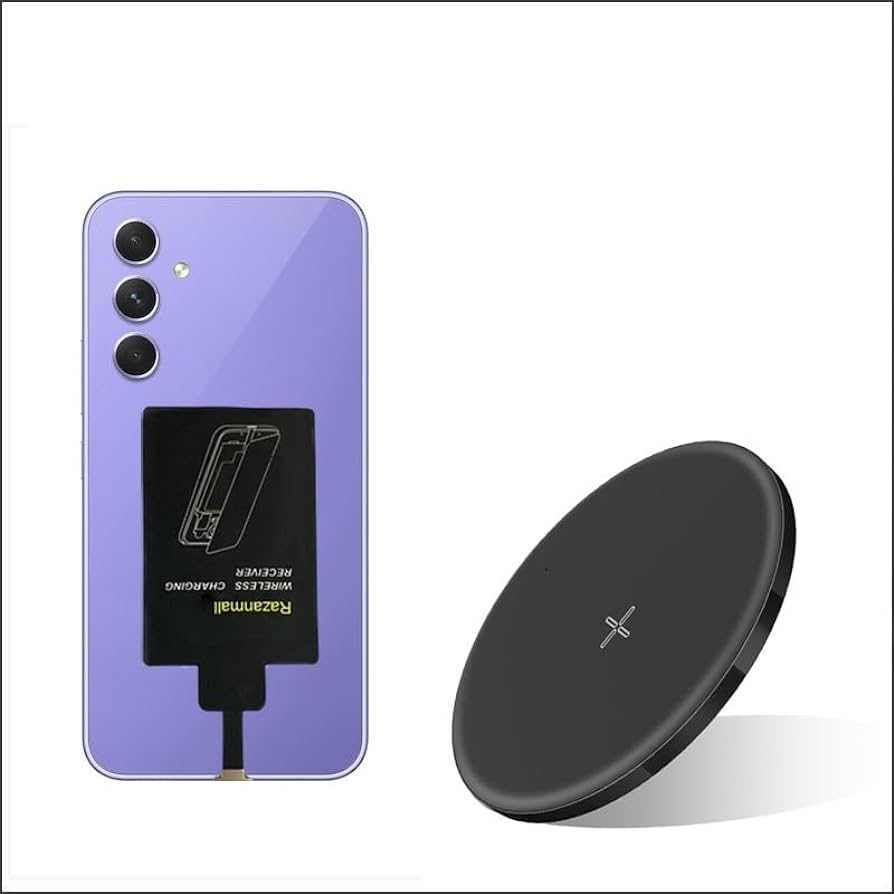Why Does Wireless Charging Get So Hot? Unveil the Mystery!
Wireless charging generates heat due to energy loss during the transfer process—inefficient energy conversion produces excess heat.
Wireless charging, a convenient alternative to traditional charging methods, has gained popularity for its ease of use. Despite its appeal, a common concern among users is the noticeable warmth it generates. This heat is a byproduct of electromagnetic fields transferring energy from the charging pad to the device’s battery.
The process could be more efficient. Some energy is lost as heat during the conversion from alternating current to direct current within the coils. This warmth can affect the charging pad and the device, raising questions about safety and potential damage to electronics. By understanding the mechanisms behind wireless charging, users can take measures to minimize heat and ensure their devices remain safe and functional.


Credit: croieire.ie
The Heat Phenomenon In Wireless Charging
Many users wonder why their devices heat up during wireless charging. Understanding this common phenomenon is crucial for safe and efficient use.
The Basic Principle Of Wireless Charging
Wireless charging uses electromagnetic fields to transfer energy. A transmitter coil in the charging pad interacts with a receiver coil in your device. This interaction creates an electric current that charges the battery.
Heat Generation During Induction
As electricity flows through the coils, energy converts into heat. This is due to resistance in the materials. High resistance means more heat. Devices and charging pads can get warm as a result. Efficient design helps minimize this heat.
- Electromagnetic induction is the core of wireless charging.
- Resistance within coils turns electric energy into heat.
- Material quality affects how much heat generates.
- Heat can impact charging speed and battery health.
Comparing Wired And Wireless Charging
Today, we dive into the world of Comparing Wired and Wireless Charging. Both types have their pros and cons. Let’s see how they stack up against each other, especially in heat generation.
Efficiency Differences
Wired charging is like a direct road from your charger to your phone. It’s fast and efficient. Wireless charging, on the other hand, is like taking a detour. It’s not as direct, which makes it less efficient.
- Wired charging uses cables. This means almost all energy goes right into charging the phone.
- Wireless charging uses magnetic fields. This method loses some energy as heat.
Thermal Profiles
Both charging types make phones warm, but wireless charging gets hotter. This is because of its detour-like process. More energy turns into heat before reaching the phone.
| Charging Type | Heat Level |
|---|---|
| Wired Charging | Low to Medium |
| Wireless Charging | Medium to High |
In summary, wired charging is more direct and cooler. Wireless charging is less direct, causing more heat.
Understanding Inductive Coupling
Today, we dive into Understanding Inductive Coupling. This technology lets devices charge without wires. It sounds simple, but it involves complex science. Let’s break it down to understand why devices get hot during wireless charging.
Magnetic Fields And Resonance
Wireless charging uses magnetic fields. These fields transfer energy from one point to another. This process is called inductive coupling. But, creating these magnetic fields causes some energy to turn into heat. This is why devices warm up.
- Magnetic fields create a bridge for energy transfer.
- Some energy changes into heat, warming the device.
The Role Of Coils In Heat Build-up
Every wireless charger has coils. These coils are key for creating magnetic fields. But, they also play a big role in heat build-up. Here’s why:
- Coils generate magnetic resonance.
- This process isn’t 100% efficient. It loses some energy as heat.
- The more energy transferred, the hotter the coils get.
This is a simple view of a complex topic. But it helps us understand why wireless charging heats our devices. It’s all about magnetic fields, resonance, and coils.
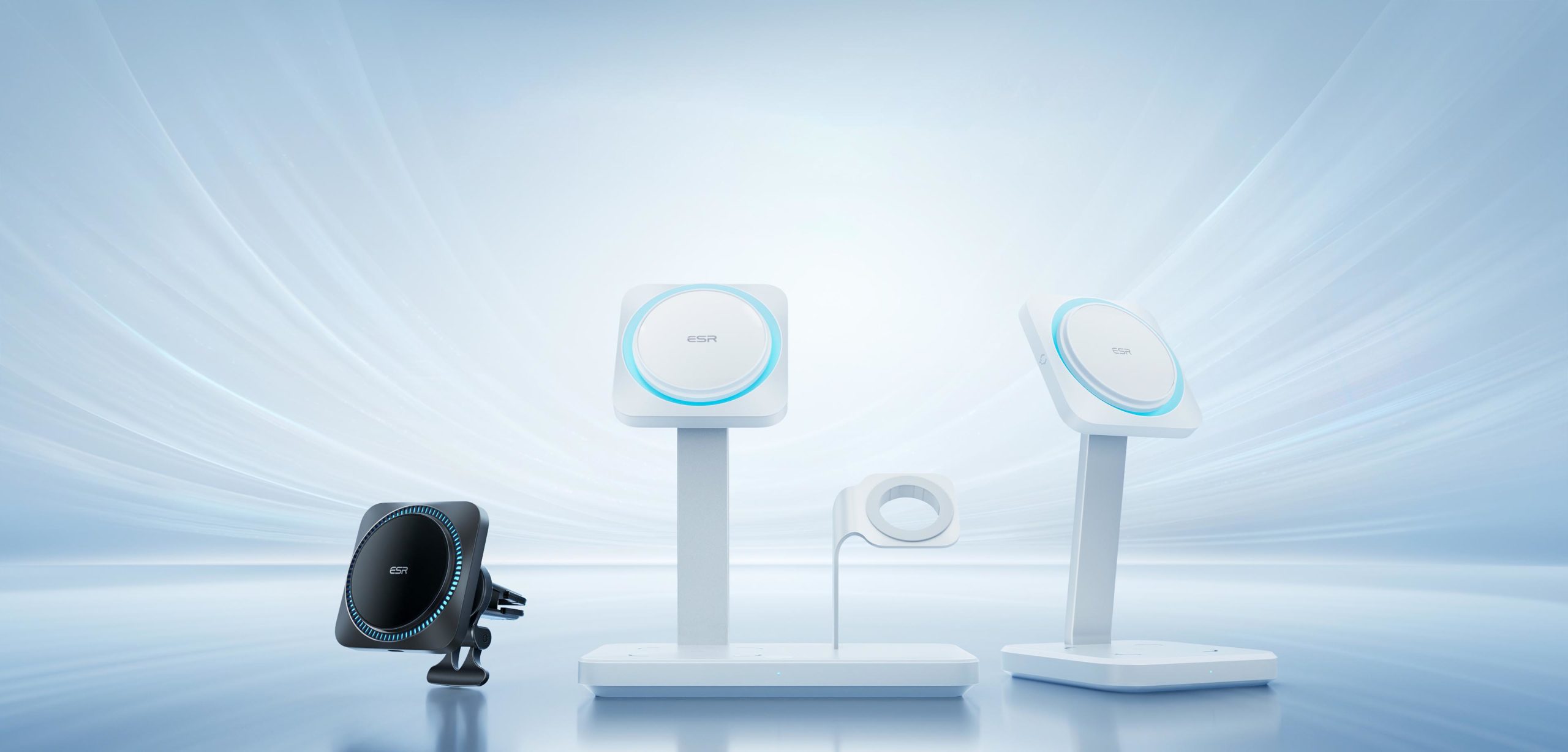

Credit: www.esrgear.com
Materials And Design Factors
Exploring the reasons behind the heat generated during wireless charging leads us to consider Materials and Design Factors. These aspects play a crucial role in the efficiency and safety of wireless charging systems. Let’s delve into how materials and design can impact this technology.
Impact Of Charging Pad Materials
Different materials conduct and retain heat differently. Wireless charging pads often use a variety of materials that can influence heat buildup. Materials with high thermal conductivity, such as aluminum, can help dissipate heat more efficiently. In contrast, materials like plastic may insulate heat, leading to higher temperatures. Here’s how pad materials affect heat:
- Metals: Good for heat dissipation but can interfere with charging efficiency.
- Plastics: May heat up, affecting charging speed and device safety.
- Ceramics: Offer a balance, but can be costly.
Design Elements That Affect Heat Dissipation
The design of wireless chargers contributes significantly to managing heat. Efficient design can prevent overheating, ensuring devices charge safely. Key design features include:
- Coil Alignment: Precise alignment allows for better energy transfer, reducing heat.
- Ventilation: Chargers with built-in vents keep temperatures low.
- Size and Shape: Larger surfaces can spread out heat, leading to cooler operation.
Incorporating heat sinks or cooling fans within the charger can also enhance heat dissipation. Designers must balance these elements to create an optimal wireless charging experience that minimizes heat generation.
Electrical Resistance And Heat
Wireless charging offers convenience but often leads to a common problem: heat. Understanding why this happens involves a look at electrical resistance. Like friction between moving parts, resistance within electrical systems generates heat. In wireless charging, this heat can become noticeable and affect charging efficiency.
Ohm’s Law In The Context Of Wireless Charging
Ohm’s Law is a fundamental principle in electronics. It explains the relationship between voltage, current, and resistance. The law states that the current flowing through a conductor between two points is directly proportional to the voltage across the two points. It also involves resistance. The formula is I = V/R, where I is current, V is voltage, and R is resistance.
In wireless charging, as current flows through the charging coil, resistance works against it. This resistance converts some electrical energy into heat. The higher the resistance, the hotter the charging system may get.
Resistance Within The Charging System
The charging system includes several components that can exhibit resistance:
- Coils: Both the transmitter and receiver coils have resistance.
- Materials: The materials in the charger and device can resist electrical flow.
- Circuitry: The charging circuit has inherent resistance.
Each component’s resistance contributes to the overall heat produced during wireless charging. This heat is not only a byproduct of the process but also a factor that can reduce charging efficiency.
| Component | Type of Resistance | Impact on Heat |
|---|---|---|
| Coils | Electrical | Direct |
| Materials | Physical | Variable |
| Circuitry | Electrical | Direct |
Manufacturers work to minimize resistance and manage heat. They use materials and designs that reduce resistance and improve heat dissipation. This ensures safe and efficient charging for devices.
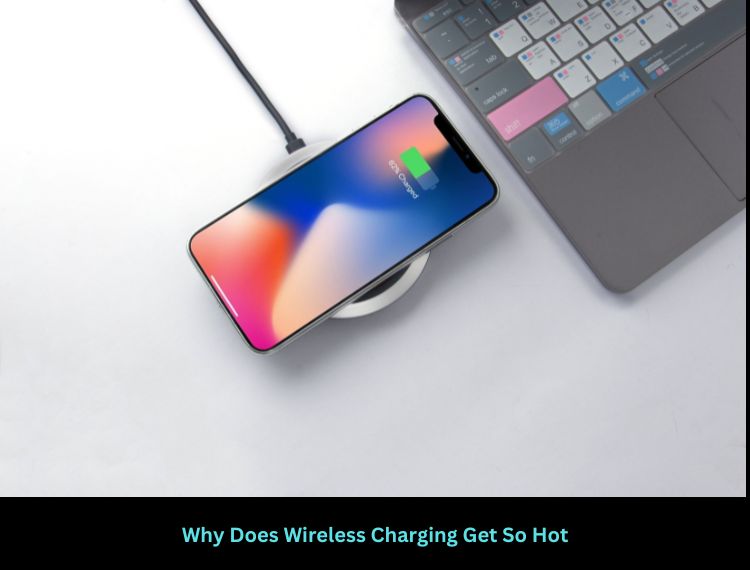
Battery Chemistry And Heat Generation
Battery Chemistry and Heat Generation play a vital role in how wireless charging devices heat up. Understanding this can help us use our gadgets more safely and efficiently. Let’s dive into the details.
How Batteries Heat Up During Charging
Batteries convert chemical energy into electrical energy. This process isn’t 100% efficient. Some energy turns into heat. Here’s why:
- Internal Resistance: Batteries have internal resistance. When current flows, it causes heat.
- Chemical Reactions: Charging triggers chemical reactions. These reactions produce heat.
This heat can affect battery performance and lifespan if not managed well.
The Specifics Of Lithium-ion Batteries
Lithium-ion batteries are common in gadgets. They’re efficient but sensitive to heat. Let’s see why:
| Feature | Impact on Heat Generation |
|---|---|
| High Energy Density | Stores more energy, leading to more heat during charging. |
| Fast Charging | Pushes a lot of energy quickly, increasing temperature. |
Lithium-ion batteries need careful handling. Too much heat can damage them or reduce their life.
Managing Heat In Wireless Charging
Wireless charging is a convenience many enjoy. Yet, it often leads to devices getting warm. Understanding and managing this heat is key to safe and efficient charging. Let’s explore how technology combats heat and what users can do to minimize it.
Technological Advances In Heat Reduction
Manufacturers have made significant strides in heat management. Innovations include:
- Cooling systems: Some chargers have built-in fans or heat sinks.
- Material choices: Heat-resistant materials keep temperatures down.
- Inductive charging efficiency: Improvements here mean less wasted energy as heat.
- Smart charging: Devices can now control the amount of power they draw, adjusting to optimal levels.
Best Practices For Reducing Heat
Users can also play a part in reducing heat during wireless charging. Follow these best practices:
| Practice | Benefit |
|---|---|
| Remove cases: | Enhances heat dissipation. |
| Place correctly: | Ensures efficient energy transfer. |
| Avoid direct sunlight: | Prevents additional heat from the sun. |
| Charge at cooler times: | Lowers ambient temperature effects. |
The Future Of Wireless Charging Technology
Wireless charging is evolving rapidly. Users crave convenience and speed but with less heat. Manufacturers strive to innovate. They aim to ensure our devices charge quickly and remain cool. As technology advances, the future looks bright for wireless charging solutions.
Innovations Aimed At Cooler Charging
Heat reduction is key in next-gen wireless chargers. Engineers are exploring new materials and designs. These changes aim to dissipate heat efficiently. Companies are integrating cooling systems. Some even use fans or heat sinks. Others experiment with advanced coils and circuitry. These innovations promise to keep devices cool while powering up.
- Use of graphene for better heat dispersion
- Smart charging algorithms to manage temperature
- Active cooling features like built-in fans
Predicting The Impact On Battery Health
Heat impacts battery lifespan. Cooler charging technologies are set to change this. Batteries may last longer due to reduced stress from heat. Advanced wireless chargers could lead to longer device lifecycles. This is crucial for consumer satisfaction and environmental sustainability.
- Extended battery life
- Reduced battery degradation
- Lower replacement costs
Research suggests that cooler charging will safeguard battery health. In turn, this enhances overall device performance and reliability. Users can expect their devices to maintain peak performance over longer periods.
Frequently Asked Questions
Is It Normal For Wireless Chargers To Get Hot?
Yes, it’s common for wireless chargers to become warm due to electrical power transfer through induction. Overheating should only occur with proper use and ventilation.
Does Heat From Wireless Charging Damage The Battery?
The heat from wireless charging can shorten battery lifespan, but modern chargers and phones have safeguards to minimize damage.
Is It Normal For Magsafe To Get Hot?
It is common for MagSafe chargers to become warm during use due to the transfer of power. If it gets excessively hot, unplug it and let it cool down before resuming charging.
Conclusion
Understanding the heat generation in wireless charging helps us improve our usage habits. We can enhance efficiency by choosing the right chargers and positioning devices correctly. Remember, keeping our gadgets cool extends their lifespan. Embrace wireless charging’s convenience while being mindful of the heat.
Stay charged, stay cool!

